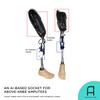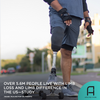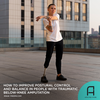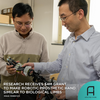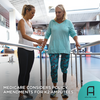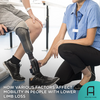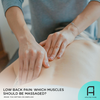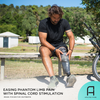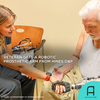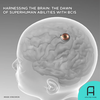The Role of Massage Therapy in Rehabilitation
The success of an amputee's rehabilitation journey depends on a multidisciplinary approach. Prosthetic care alone won't give the holistic results of an integrated approach. While the individual with limb loss is expected to do the bulk of the work, a significant other's love, family and friends' support, the compassion of a prosthetist, and the positivity of a therapist eases the burden. And recently, experts have recognized a missing element in rehabilitation services provided to new amputees—massage therapy.

Why massage therapy?
Amputees typically experience pain in the joints and muscles that are not directly associated with the amputation area. This is because these joints and muscles must perform additional functions to compensate for any limitations brought by the amputation. These areas are called "compensatory structures." These result in an imbalance in muscle activity, which leads to spasms, stiffness, and tightness in the muscles.
In these cases, massage therapy is used to treat and prevent physical dysfunction and pain by applying various manual techniques to the body and joints' soft tissue. Massage therapy is classified as "non-invasive therapy." When administered by a licensed massage therapist, it provides several benefits, including increased circulation, muscle length, and relaxation as well as reduced swelling, muscle stiffness, scar tissue tightness, and spasms, decreased anxiety and stress, and longer sleep.
The massage therapy plan
Before developing the proper treatment plan, it's necessary to determine the possible cause of muscular restrictions and pain. Based on these preliminary assessments, the massage therapy treatment plan may consist of joint mobilization, trigger point therapy, and specific manual techniques applied to the affected soft tissue.
The treatment plan will also include education in proper posture and in-home care instructions, like stretching.
However, keep in mind that every person goes through a unique recovery journey. Furthermore, various factors contribute to the healing process, including age, cause of amputation, the current stage of amputation, and overall health. We highly recommend consulting with your healthcare team first before adding any course of treatment.
Ultimately, massage therapy—whether used as a preventative or maintenance measure or an integral element in the different rehabilitation phases—offers excellent benefits to amputees.
Is massage therapy a part of your rehabilitation process?





























